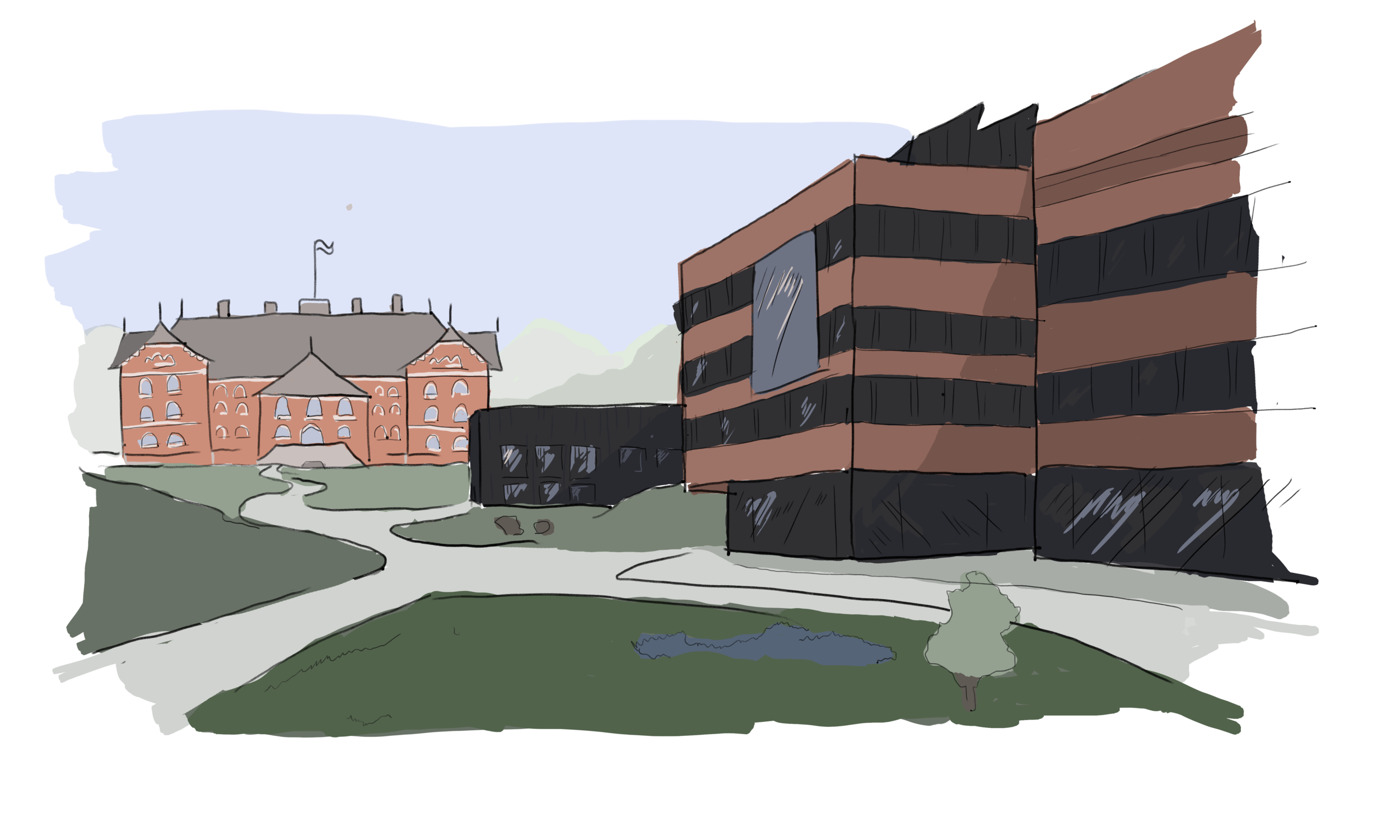The Architecture Rebellion - more than just the facade

The Architecture Rebellion - more than just the facade
Many have become familiar with the group “The Architecture Riot” over the past few weeks. The movement started as a Facebook group for those particularly interested, and is now to be found on Instagram with a broad audience. Through these accounts, today’s monotonous architecture is being criticised, and buildings of lower height, quality materials and inspiration from earlier epochs are being sought after. The Architecture Riot’s spotlight on modern day facades and the aesthetic of buildings lays the groundwork for an exciting discussion, but it could also be the start of a bigger debate about the architecture we surround ourselves with. It can lead us to a whole-hearted architectural riot.
Journalist: Ingrid Åsbø Sondov
Illustrator: Pauline Hovland
Translator: Sofie Palstrøm
Architecture and building processes are constantly putting us on the spot with difficult dilemmas. Most people think the campus at NMBU is a nice place to be. Here we find a well-maintained, abundant park drawn by landscape architecture Olav L. Moen nearly 100 years ago, which encases the honourable buildings drawn by architect Ole Sverre. Enjoying your lunch by the duck pond or in Vitenparken on a bright summer day is something quite unique. Having lectures in Festsalen makes one feel like a student with capital S. At the same time, the Veterinary building, the new neighbour to the west, has not been built from the same construction principles, nor has it been given the same ornamentation and richness in detail as Urbygningen. That would mean a tenfold increase of the budget, or a severe reduction in the size of the project. Many would scratch their heads if the university board chose traditional crafts in place of study places and functionality in their new grand project. On the other hand, we would also be querying if the veterinary students were to study in barracks, like the landscape architecture students have been doing for a long time.
Areas like Vollskogen, which is now regulated for housing, also raise questions. Ås is the municipality in Norway, predicted to have the highest increase in population until 2040. Expansion and development are natural parts of the plan to house more inhabitants, at the same time as sustainable development is mentioned as a clear goal for the municipality’s plan. How does one meet both these needs at the same time? In big cities, the concept of densification as a part of the solution to utilize already inhabited areas better is relevant. Here, architect firms are specialising in reinventing attics in apartment buildings to new apartments, and in so-called “infill architecture”. But what about area utilization in a place like Ås? Moving here is maybe a cause of wanting something the big city cannot offer. Maybe you want a garden to grow some vegetables, a trampoline for your children, a nice terrace, and to be living close to the forest. It then becomes a paradox, that when everyone wants their own garden, the housing estates are spread out, and even more untouched nature, soil and recreational areas are lost.
For a long time, we have all been accepting that the big entrepreneurs and developers are the ones who are in control over the building projects. Profitability comes first, and the specialists come second. Those with specific knowledge often come in too late in the planning process. If people with a higher education in the field was consulted early, and preferably even before the developers, we could have seen projects with character, and projects set in places where they belong, and with regards to other aspects than just profitability.
NMBU is educating landscape architects, botanists, region planners, construction engineers, ecologists, wildlife managers, agriculturalists, economists – all with relevant knowledge for a building project. So now that Vollskogen is to be torn down, why not let the students carry out opportunity studies for the area? As a part of an integral and professionally justified architectural riot.

